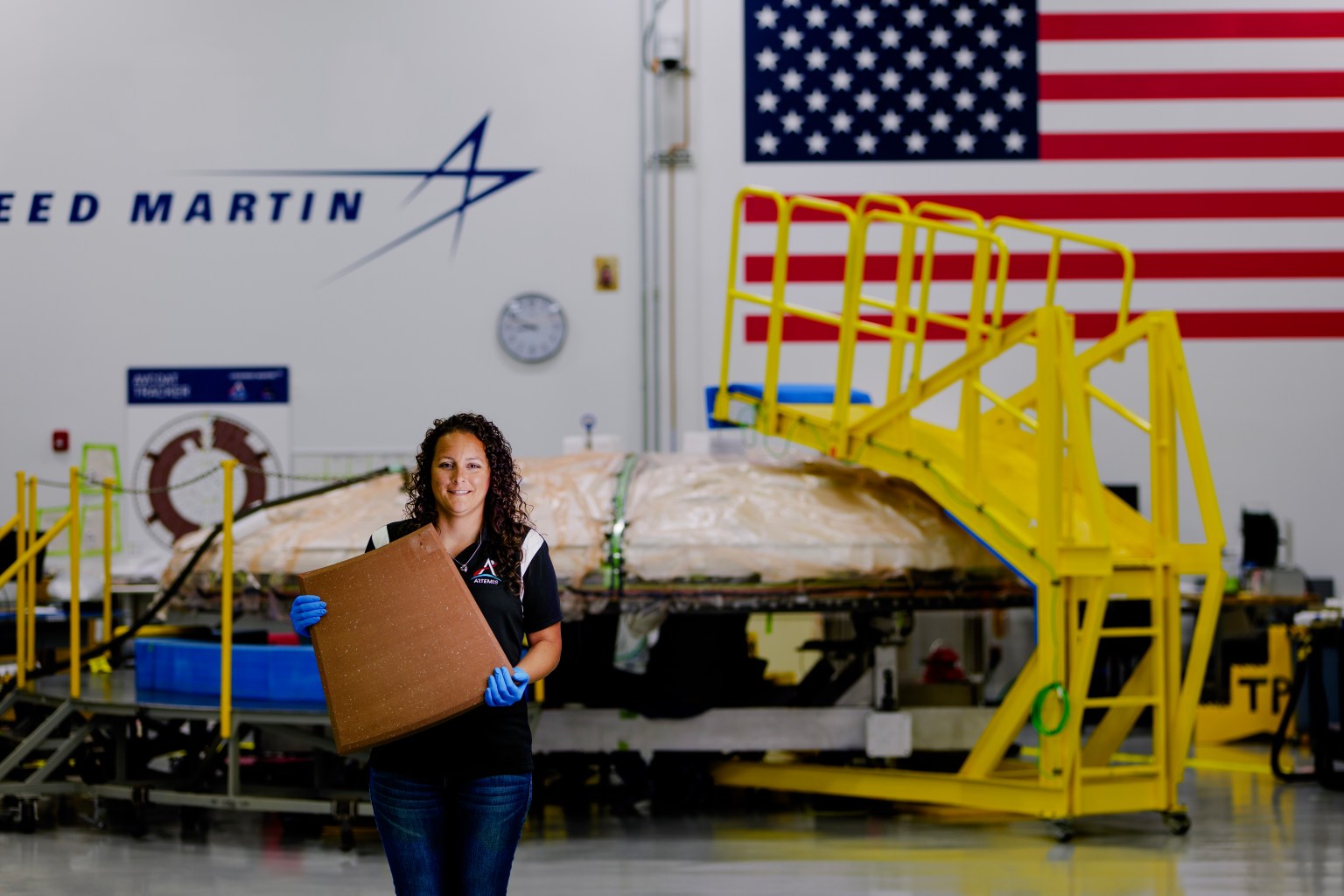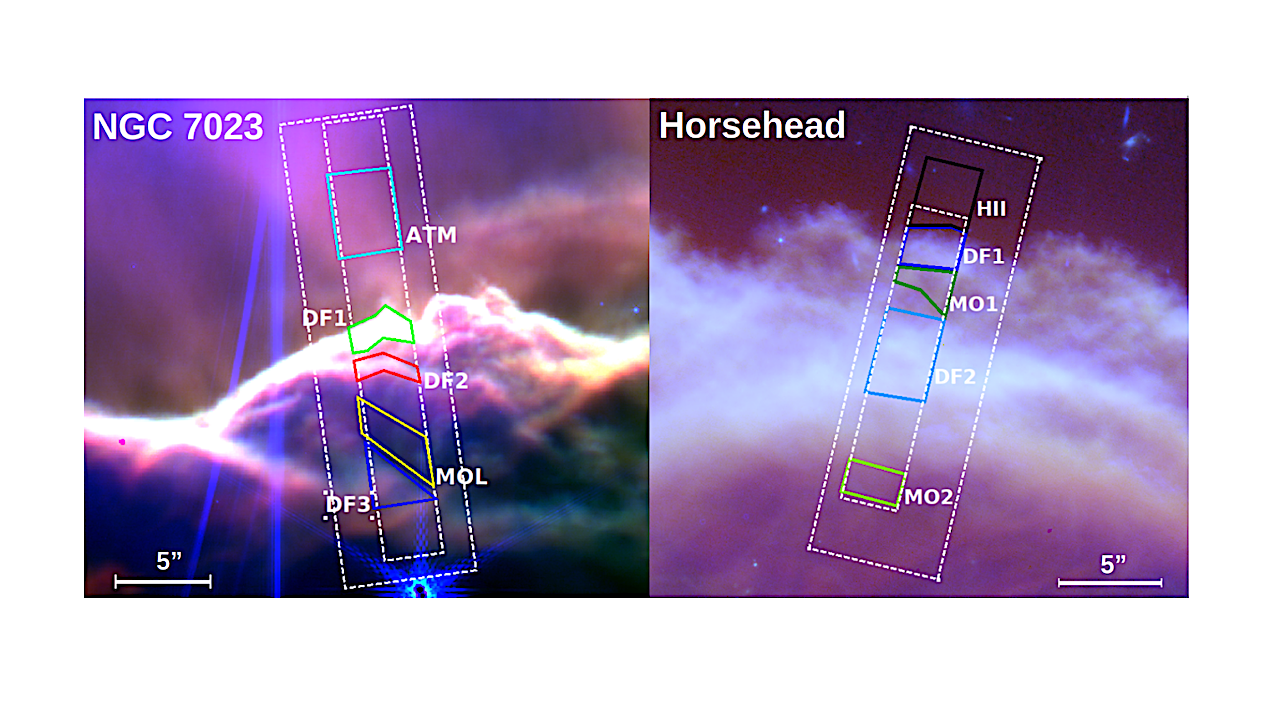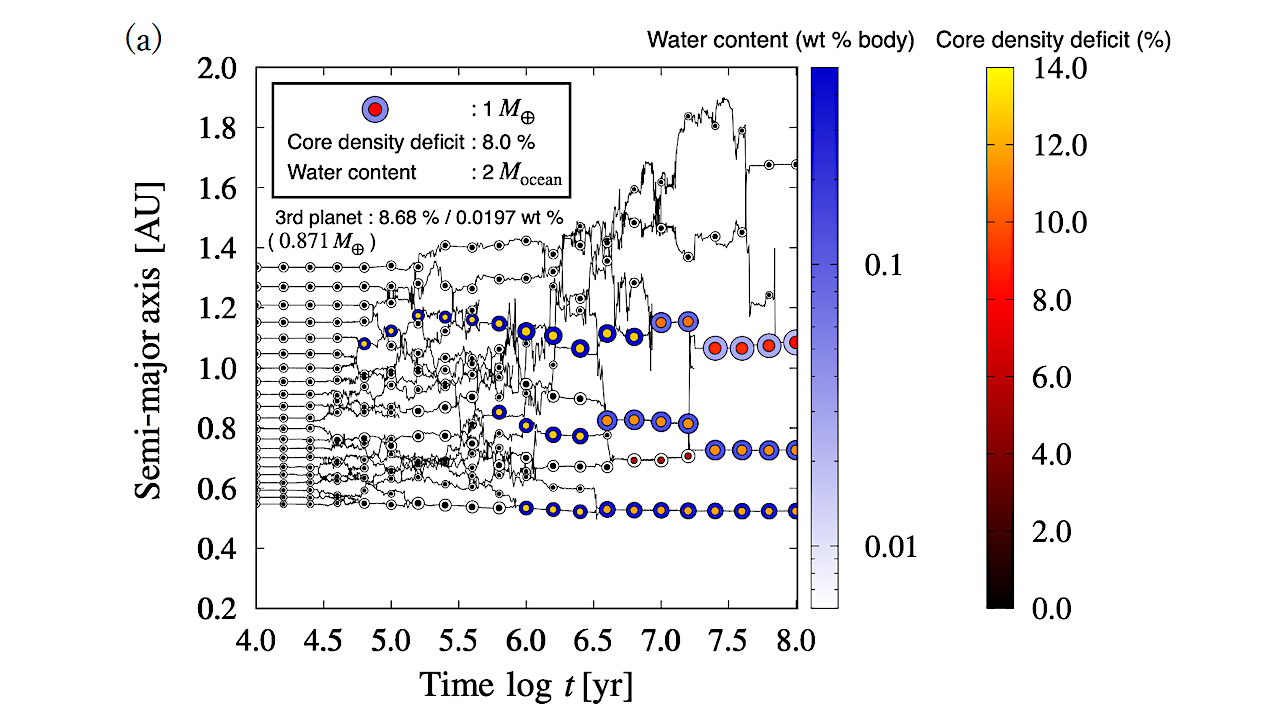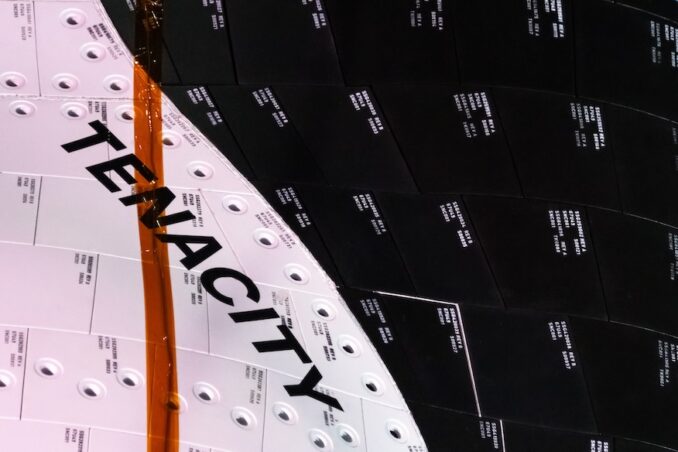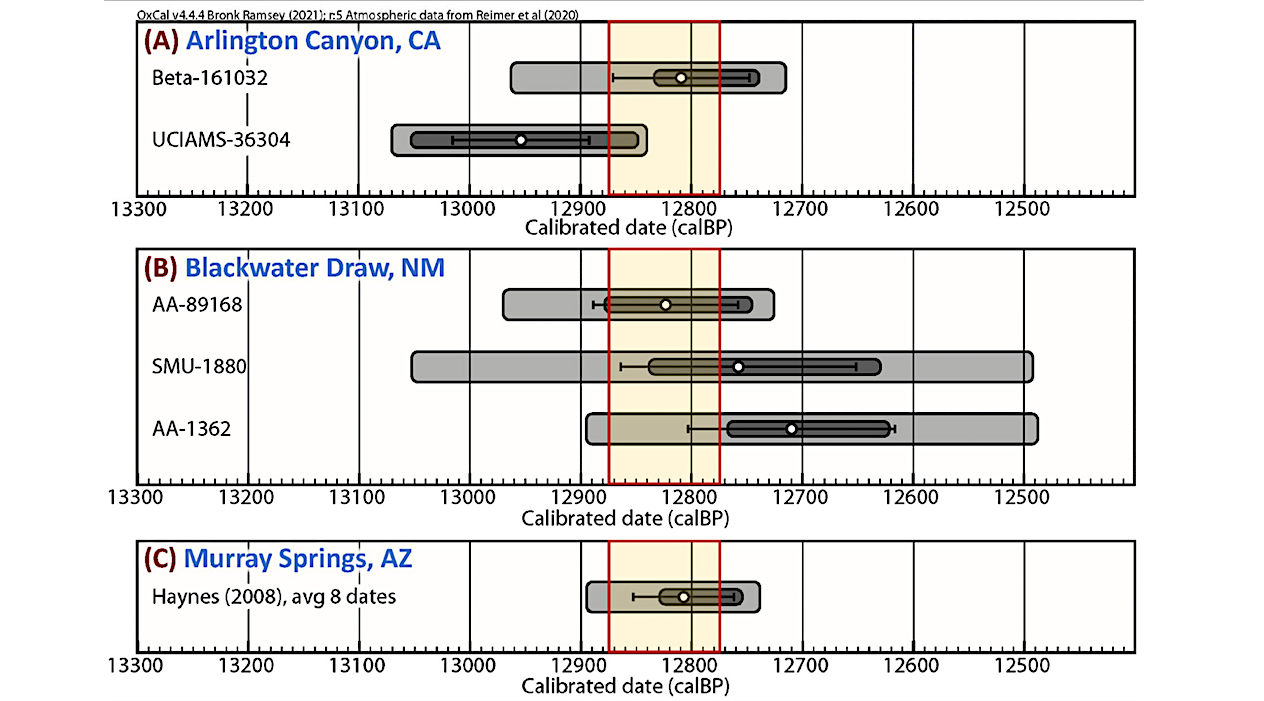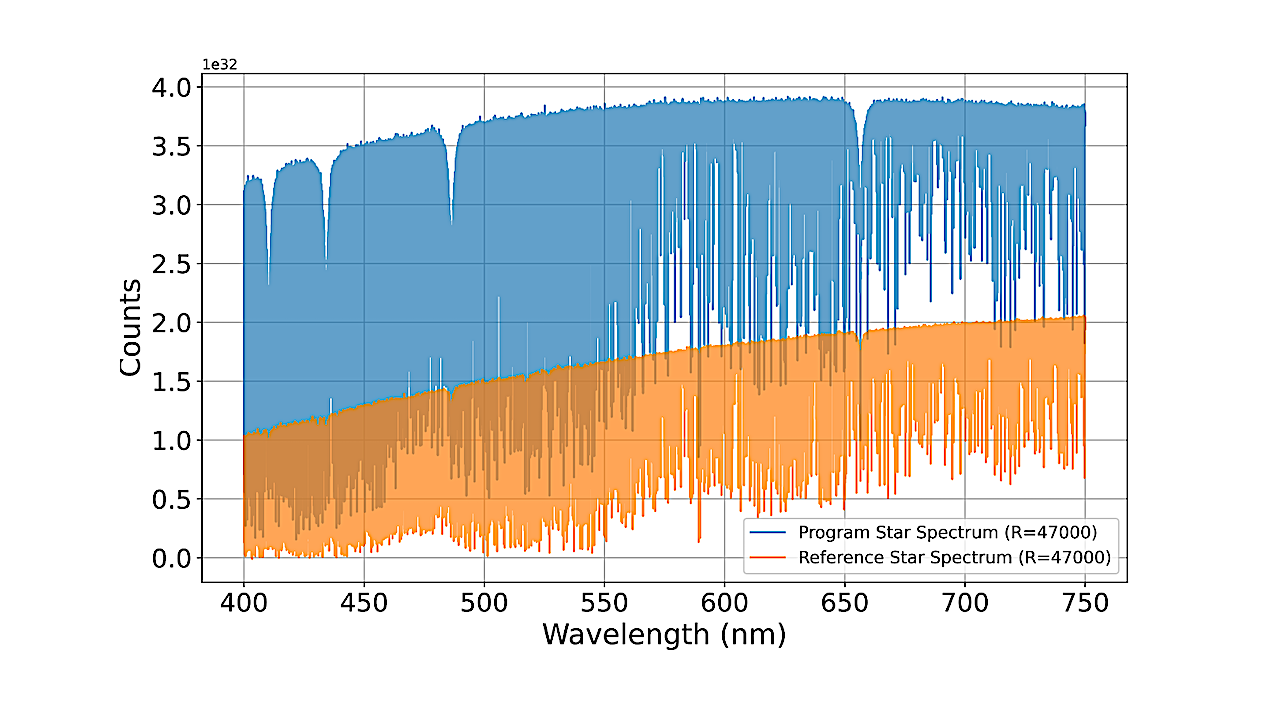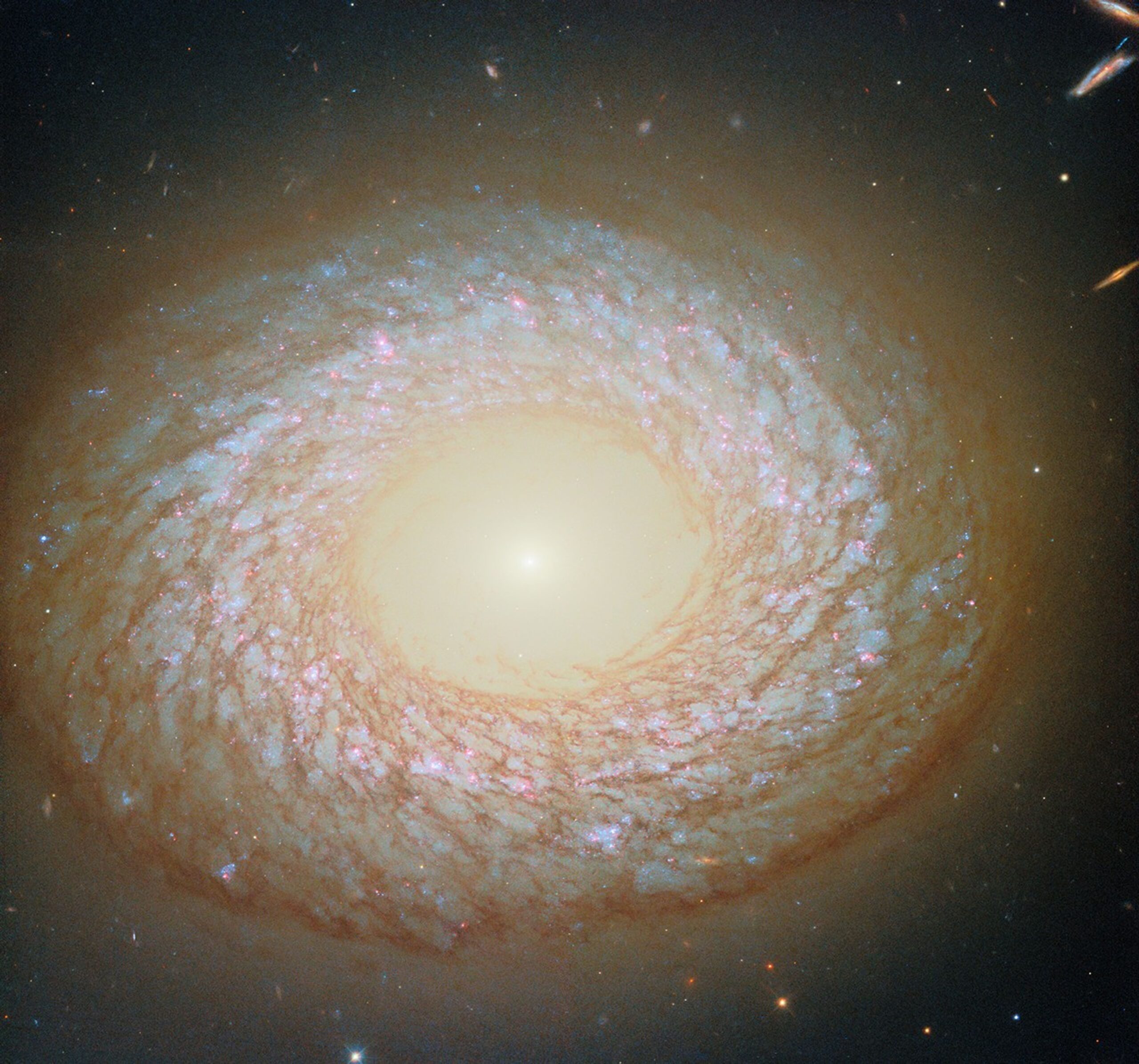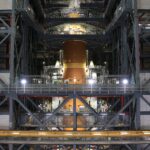3 Min Read I Am Artemis: Diamond St. John Diamond St. John, engineer on the Orion Program with Lockheed Martin, holds one of the heat shield tiles that will protect
Archive for September, 202519- Page
Extractions regions on images (blue = NRC-F210M, green = NRC-F335M, red = MIR-F770W) of NGC 7023 (left) and the Horsehead (right). The exciting star is off the top of the
Orbital evolution of protoplanets and changes in core density deficit and water content in atmosphere for (a) Case No.6, (b) No.7, (c) No.11, (d) No.12 (see Table 2). We show
Sierra Space’s Dream Chaser spaceplane (right) and its Shooting Star cargo module (left) seen inside a processing facility at NASA’s Kennedy Space Center in Florida. Image: Sierra Space The debut
Calibrated ages of the YDB layer at the three sites. Each figure shows the mean calibrated age as a white dot with thin black bars indicating the mean uncertainties. Dark
Simulated high-resolution spectra of the program star wasp-121 (an F-type star) and a G-type comparison star with a similar magnitude. The spectral resolution is degraded to 47,000, consistent with the
NASA has said the International Space Station will cease operations at the end of 2030. What will replace it? Image via NASA/ Roscosmos. The International Space Station (ISS) has been
Mars’ atmosphere has been of interest to scientists for decades, especially as humanity looks to set up outposts on the Red Planet. Recently, the European Space Agency‘s ExoMars Trace Gas
Explore Hubble Hubble Home Overview About Hubble The History of Hubble Hubble Timeline Why Have a Telescope in Space? Hubble by the Numbers At the Museum FAQs Impact & Benefits
While the world tracks the diplomatic rivalry between the United States-led Artemis Accords (which, with Senegal’s recent signing, is now at 56 member nations) and the China-led International Lunar Research
-
 012024 in Review: Highlights from NASA in Silicon Valley
012024 in Review: Highlights from NASA in Silicon Valley -
 02Panasonic Leica Summilux DG 15mm f/1.7 ASPH review
02Panasonic Leica Summilux DG 15mm f/1.7 ASPH review -
 03How New NASA, India Earth Satellite NISAR Will See Earth
03How New NASA, India Earth Satellite NISAR Will See Earth -
 04And Thus Begins A New Year For Life On Earth
04And Thus Begins A New Year For Life On Earth -
 05Astronomy Activation Ambassadors: A New Era
05Astronomy Activation Ambassadors: A New Era -
06SpaceX launch surge helps set new global launch record in 2024
-
 07Space Force plans new ‘Futures Command’ amid pressure to speed up modernization
07Space Force plans new ‘Futures Command’ amid pressure to speed up modernization


